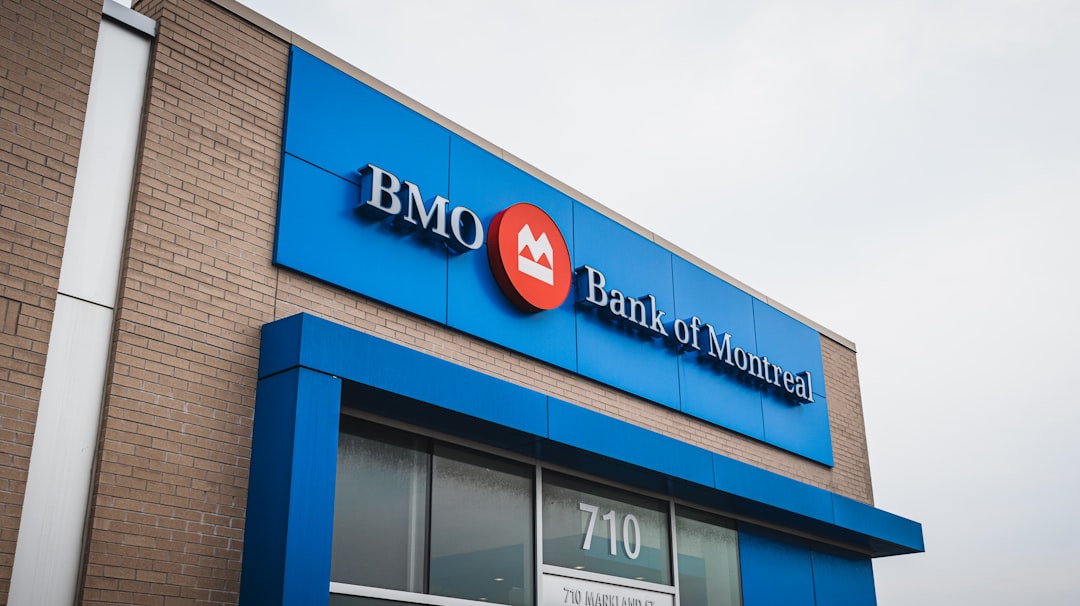August is in the books, and boy, was it a bad month for investors. Both the S&P 500 and Dow Jones shed about 4% last month, while the Nasdaq dropped around 4.5%. Oil fell about 5%. Bonds dropped 7%. Bitcoin (BTC-USD) crashed 15%.
It was an ugly month.
But what if I told you that – amid the sea of red last month – you could’ve bagged triple-digit returns?
Better yet, what if I told you that I have a quantitative trading system with the potential to identify stocks with 100%-plus upside potential every single month?
Well, both those statements are true. And I’ve just designed a quant trading system that can score huge returns, even when the markets are tanking.
Let’s take a deeper look.
The Breakout Trading System
The science behind the model is rooted in ideology that some of the world’s best traders use today: stage analysis.
It’s a concept born from the mind of legendary trader Stan Weinstein. He outlined its principles in his 1988 book, Stan Weinstein’s Secrets for Profiting in Bull and Bear Markets.
You see, people tend to freak out when the markets crumble. They buy stocks when they’re at their peak and sell them when they’re falling. But Weinstein’s strategy gave traders the guts to overcome the emotions that trigger them to sell first and buy second.
This strategy is the basis for a new quantitative trading system designed by my team of Caltech quants. And it’s focused on one thing: trading breakouts.
Our algorithmic model scans the entire U.S. stock market – more than 10,000 stocks – every single week. It identifies stocks in the early innings of massive breakouts, per the model’s parameters. Our team of traders then combs through those results and picks the best breakout stocks to buy every week.
In short, the model identifies stocks on the verge of huge breakouts, and we buy the best of them.
At any given point in time, a stock is in one of four stages. It’s either going up (Stage 2), going down (Stage 4), going sideways after going up (Stage 3), or going sideways after going down (Stage 1). Stocks tend to repeat those stages in numerical order. Stage-1 bases turn into Stage-2 breakouts, which become Stage-3 tops and end with Stage-4 declines (that eventually turn into Stage-1 bases again).
In short, our model scans the entire stock market looking for individual stocks entering Stage-2 breakouts.
It does that by defining a set of proprietary parameters that are consistent with a Stage-2 breakout. Then it runs every stock in the market through those parameters to see if the conditions are being met. If they are, we likely have a stock in a Stage-2 breakout – that could be on the cusp of soaring!
Of course, the parameters are the model’s “secret sauce.” I can’t divulge all in their entirety here. But what I can do is give you a few clues as to what some of them are…
We’re looking for:
- Stocks that have been in Stage 1 for a while
- Stocks that have recently swung from below to above their long-term price trend line
- Breaks above long-term price trend lines to be durable and happen on big volume
- A lack of overhead resistance. New uptrend channels to be clearly forming
- Golden crosses and upward-sloping moving averages
Once we’ve found a stock that verifiably meet all those conditions, only then do we consider it a potential buy.
It’s a high-quality, advanced quantitative system to find stocks on the verge of short-term breakouts. This is a system that is capable of bagging triple-digit returns while the market panics.
A Triple-Digit Winner Last Month
Last month, our system flagged a potential breakout in a small tech stock by the name of FlexShopper (FPAY).
It did so because the stock had satisfied almost all our breakout criteria.
This is a stock that had clearly formed a Stage-3 top throughout 2021 and entered a Stage-4 decline in 2022. Then it started a Stage-1 base in mid-May.
It was basing for about three months until, suddenly, the stock broke above its Stage-1 resistance line on heavy volume. This is a classic Stage-2 breakout. Our model picked up on it and identified the stock as a “buy.”
A few weeks later, FlexShopper stock had doubled:
This is an example of the power of our Breakout Trader system. While the markets were reeling, our system found a stock that doubled in a few weeks.
Talk about beating the markets…
The Final Word
We’re huge proponents of long-term investing.
We firmly believe the best way to create generational wealth in the stock market is to buy disruptive technology companies in their early stages of explosive growth. Then, let them compound, quarter after quarter, year after year. As those tiny companies turn into titans of industry, their stock prices will soar. And early shareholders will mint fortunes.
That is, unequivocally, the best way to create wealth in the stock market.
But that method takes years to play out. In the meantime, while we wait, why not generate some “side income” by trading breakout stocks?
There’s no reason not to – and that’s why we developed the Breakout Trader quant system. It’s the perfect way to complement our long-term growth investing strategy with explosive short-term trading opportunities.
Put the two together, and boom… You have a complete toolkit to consistently make money in the markets.
On the date of publication, Luke Lango did not have (either directly or indirectly) any positions in the securities mentioned in this article.
